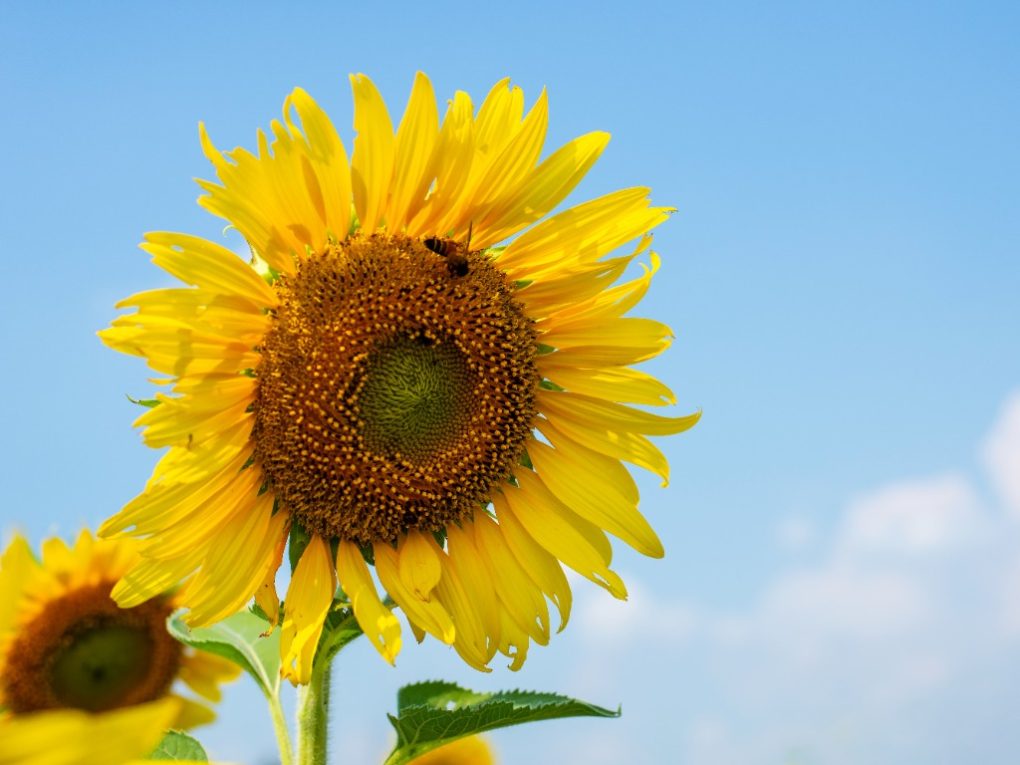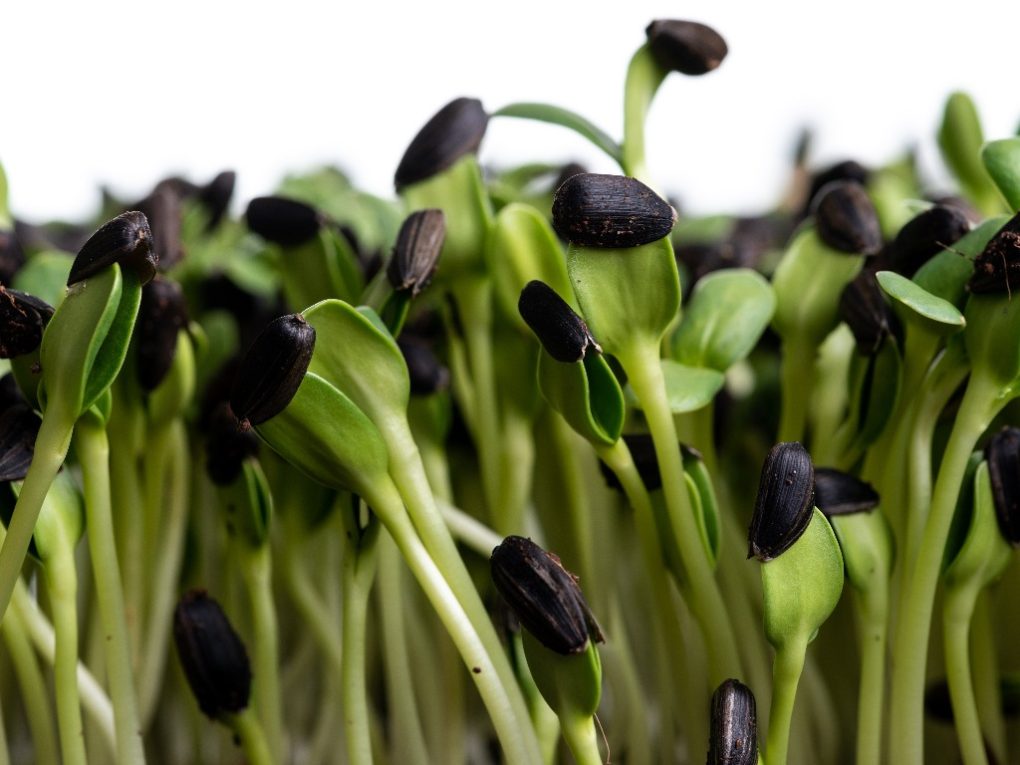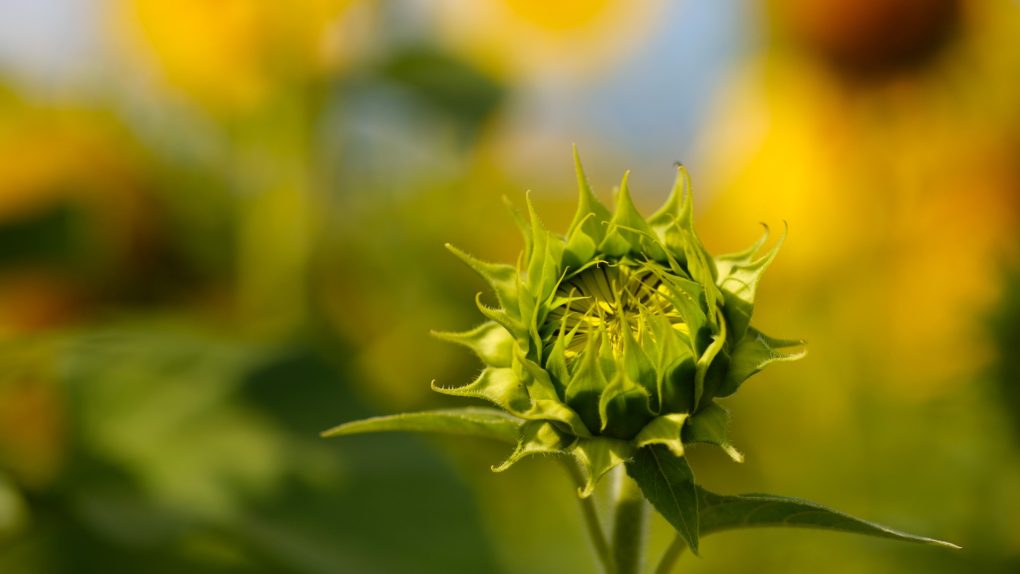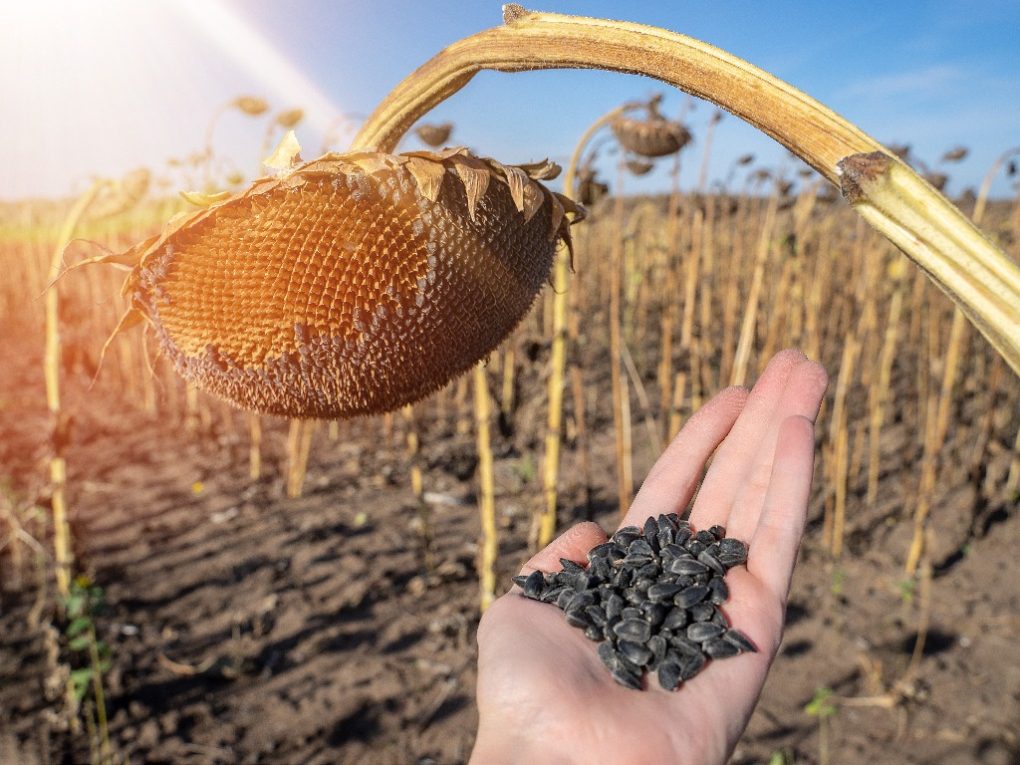Are Giant Sunflowers Perennials? Exploring Their Lifespan.
Giant sunflowers are not perennials. Instead, they are annual plants that complete their life cycle within a single growing season. The plants will die once they have produced seeds and the season ends.

If you want to enjoy their presence in your garden each year, you’ll have to sow new seeds. You can harvest seeds from the previous year’s plants or purchase new ones. Giant sunflowers are grown for their large size, showy flowers, and ample seeds that can be used for bird feed or human consumption.
Table of Contents
Lifecycle of Giant Sunflowers
Giant sunflowers, scientifically known as Helianthus annuus, are fascinating plants with a unique lifecycle. Understanding their growth and development can help gardeners cultivate these magnificent flowers successfully. This section’ll explore the different stages of a giant sunflower’s lifecycle.
Seed Germination
The lifecycle of a giant sunflower begins with seed germination. Sunflower seeds are planted in well-drained soil during spring when the temperatures start to rise. The seeds need warmth and moisture to sprout. After planting, it usually takes around 7 to 10 days for the seeds to germinate.

Seedling Stage
Once the sunflower seeds have germinated, they enter the seedling stage. The young sunflower plants emerge from the soil as small green shoots during this stage. The seedlings require regular watering and protection from extreme weather conditions. Therefore, adequate sunlight and proper nutrition are essential for their healthy growth.
Vegetative Growth
As the seedlings mature, they enter the vegetative growth stage. During this period, the sunflower plants develop leaves and stems, focusing on establishing a strong root system. The leaves become larger and more abundant, capturing sunlight for photosynthesis. As a result, adequate spacing and good airflow around the plants are crucial to prevent diseases.
Bud Formation
The next stage in the giant sunflower’s lifecycle is bud formation. During this stage, the plants shift their energy towards producing flower buds. The buds develop at the top of the stem and gradually grow in size. During this phase, the sunflower’s signature yellow petals and brown disk begin to take shape.

Flowering Stage
The sunflowers enter the flowering stage once the flower buds have fully developed. The vibrant yellow petals unfurl, creating a beautiful display. Bees and other pollinators are attracted to the bright flowers, aiding in cross-pollination. The flowering stage is relatively short, lasting about two to three weeks, but it is the most visually stunning phase of the sunflower’s lifecycle.
Seed Production
After the flowers have bloomed, the sunflowers transition into the seed production stage. The petals fade and fall off, leaving behind the brown disk. This disk is composed of numerous small florets containing sunflower seeds. As the disk dries, the seeds mature and become viable for harvesting.
Harvesting and Seed Saving
The final stage of a giant sunflower’s lifecycle is harvesting and seed saving. Once the disk has dried completely, it can be carefully cut from the plant. The seeds are then extracted from the disk and stored for future use. Proper storage conditions, including cool and dry environments, help preserve the viability of the seeds.

By understanding the lifecycle of giant sunflowers, gardeners can make informed decisions about planting, caring for, and harvesting these remarkable plants. Whether you’re a seasoned gardener or a beginner, the joy of witnessing the different stages of a sunflower’s growth is a rewarding experience.
For more information on sunflower cultivation and tips for a successful harvest, check out our comprehensive gardening guide.
